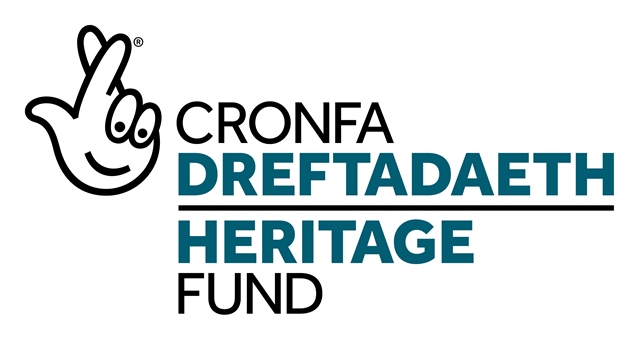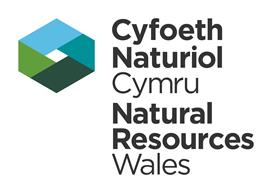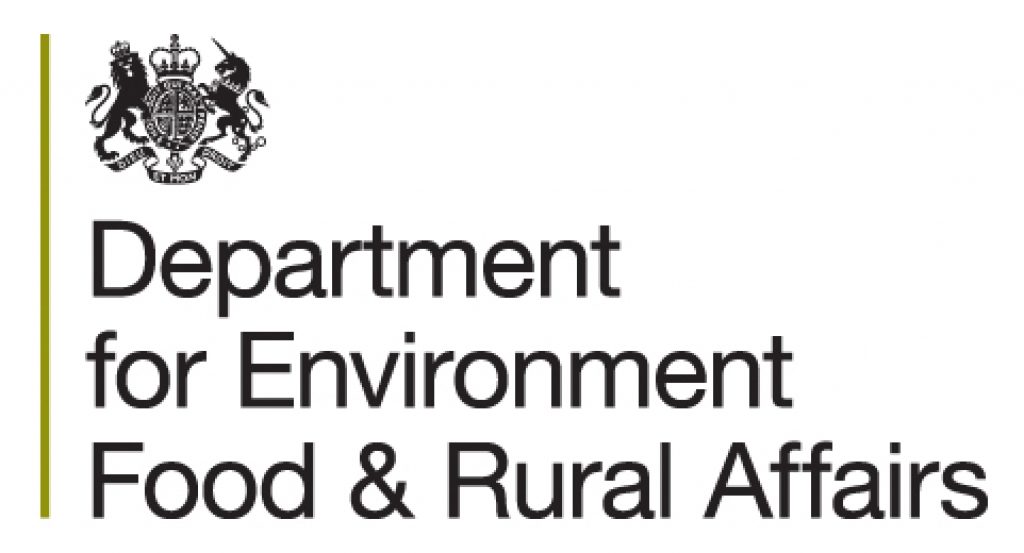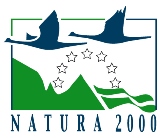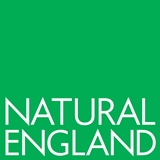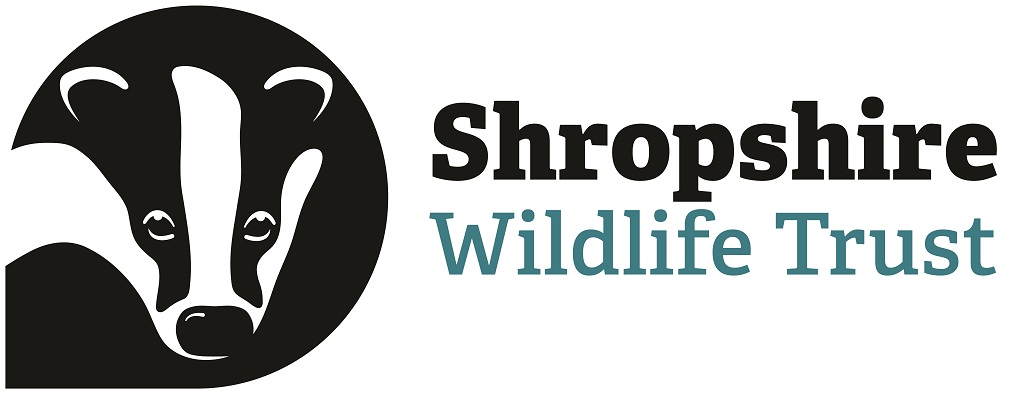Peat Regeneration Helping to Bring the Curlews Back to Marches Mosses
March 6, 2020
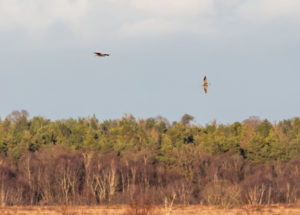
Note: Please be aware that links on this page take you to third party websites.
Breeding pairs of curlews have been spotted on the Marches Mosses this week; the earliest they have been seen pairing up. Curlews usually begin preparation for the breeding season later in March.
Wildlife photographer Stephen Barlow has seen at least three curlew pairs on the Moss and another pair feeding on fields on the edge of the peat. He explains, “There was a sudden burst of activity for about 30-40 minutes with the curlews flying around, noisily calling in the air and on the ground. However, after that, they go very quiet – you’d be forgiven for thinking there are no curlews out there.”
Stephen continues, “From my observations over the last five years, this happens very suddenly – as though a switch was flipped: In the space of a day, curlews go from a social flocking bird to being in exclusive pair bonds that are territorial and will chase off other curlews. They then start to hold territories out on the Moss. Although the actual nesting and egg-laying probably won’t occur until after mid-April, they will now be spending much of their time on the Moss.”
Work on regenerating the peat at Marches Mosses has helped to increase the numbers of curlews in the area. Numbers are growing on the Mosses as the Natural England team add more bunding to retain rainwater and rebuild the peat. The curlews often nest on top of the bunds, where they are safer from predators as the bunds are surrounded by water. In past years, Natural England has built fences around some of the nests to ensure their safety from predators as well as from work crews.
Known more familiarly as Fenn’s, Whixall and Bettisfield Mosses NNR, the Mosses are being regenerated through a joint project of Natural England, Natural Resources Wales and Shropshire Wildlife Trust.
What are “Bunds”?
The NNR project is creating a network of cell bunds to retain rainwater on the Mosses, as part of the regeneration of the peat. These are small dams capture the rainwater needed for bog moss growth. The moss in turn acidifies the bog and creates more peat, which stores carbon dioxide and helps to mitigate the effects of climate change.
How can I See the Curlews at the Mosses?
Visiting the Mosses is easy, with car parks at a number of locations around the Mosses, and canal mooring near Morris’ Bridge Fields. You can watch overhead for curlews as they search for food, often travelling to the Morris’ Bridge Fields across the Llangollen Canal to feed at the mudflats.
Tell Me More About Curlews
Britain’s biggest wader, curlews are 45-50cm tall with greyish brown feathers and a white rump and back. Their Latin name, Numenius arquata, refers to the crescent moon shape of the curlew’s long, downward curving beak, which is nearly three times as long as its head.
Curlews are famous for their loud, melancholy trill – a pure, ringing “croo-ee”. The birds sing almost year round, using their calls to establish territories; young male curlews sing to attract mates in the spring.
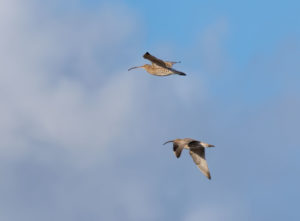
The UK holds more than a third of the global breeding population of curlews, but numbers have declined dramatically over the past 30 years, with a 46% decline recorded from 1994-2010. Curlews are red-listed as a Bird of Conservation concern in the UK and classed as a priority species in the UK. The British Trust of Ornithology has described curlews as “one of our most rapidly declining breeding bird species”.
Curlews make their nests in hollows among low vegetation in moist moors, heaths and rough grassland, lined with grass or heather where they lay one brood of four eggs in April or May. As a result, the Marches Mosses are an ideal nesting location for curlews.
Among the threats to curlew populations are both increased forestation and intensive farming as these reduce the wetland habitats they favour; increased numbers of predators, including foxes and crows; and climate change, the latter as drier conditions reduce wetland habitats the number of invertebrates that curlews feed on.
Read more about curlews on the Shropshire Wildlife Trust website here
A Brief Background of the Mosses
The Marches Mosses – Fenn’s, Whixall, Bettisfield and Wem Mosses – make up the third largest lowland raised bog in Britain, a Site of Special Scientific Interest and a European Special Area of Conservation. This peatland was formed over 12,000 years ago when Sphagnum moss began to grow in the wetland formed by the retreat of glaciers. The Sphagnum acidified the water, stopping the decay of plant remains. These built up like a sponge to form the raised expanse of the peat moss, with the pickled water creating an environment suitable for the unique combination of plants and animals that thrive here.
Peatlands, a rare habitat that make up only 3% of the earth’s surface and grow at just 1mm/year, depend on retaining rainwater for their existence. The Marches Mosses began to collapse when the bog was drained over several hundred years, the dried peat was cut for fuel and agricultural and horticultural use, and the edge habitat around the Moss was turned into farmland. The decay of the peat meant that carbon that had been stored for millennia was being lost and by the late 1980s the Mosses were badly damaged.
In 1990 the peatland was acquired as a National Nature Reserve and restoration was begun. This has led to an increase in biodiversity as plants and animals that thrive in the boggy conditions return and repair of the peat has meant an increase in the store of carbon. Because peat stores more carbon than plants, trees and other types of soil, the Mosses are an important weapon in the fight against climate change.

